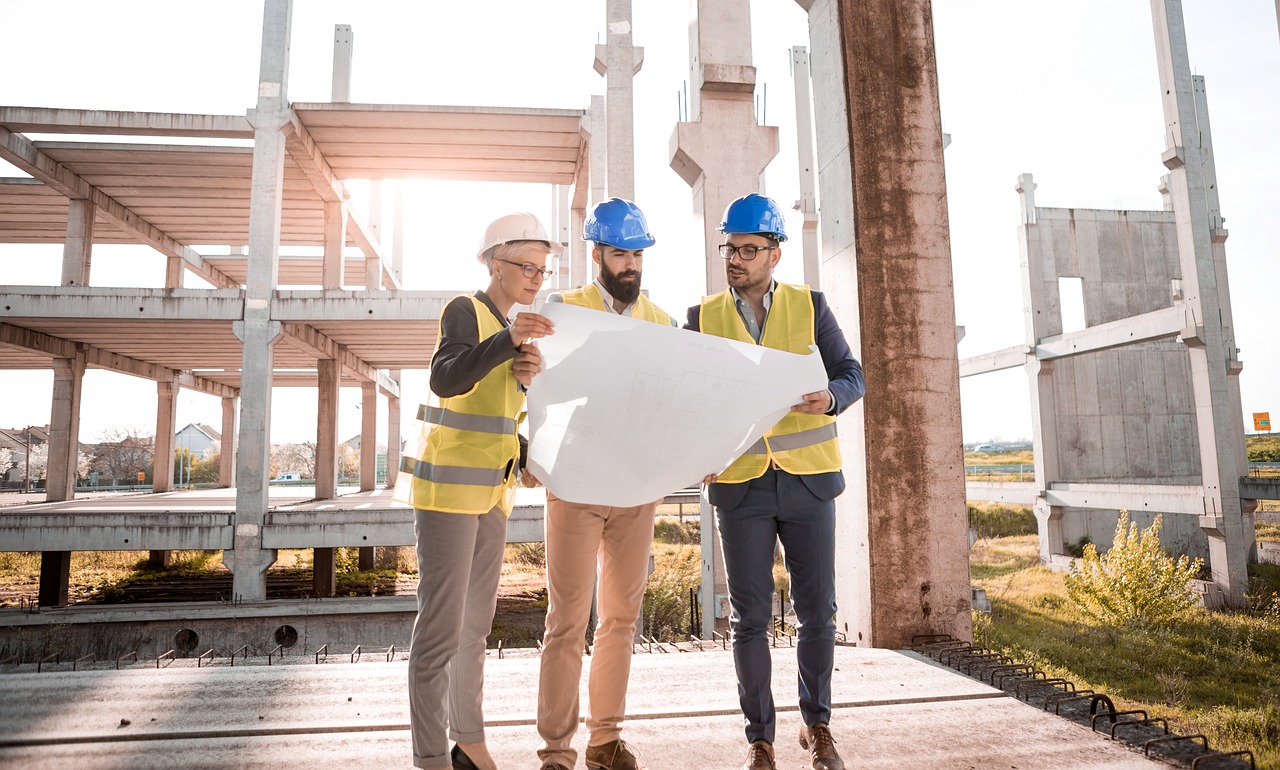It’s no secret U.S. households and businesses big and small have been hard hit by the COVID-19 initiated supply chain issues in 2020 and 2021. Thus far, the problem doesn’t seem to be letting up in 2022. On the domestic front, as many Americans, young and old, face a monthly shortfall in the money they have to spend on basics, from gas to home repairs, the shortfall in the commercial construction sector has been especially problematic.
At the very least, if you’re an older homeowner living in the U.S. you can apply for a reverse mortgage which can allow you to tap into all that equity you’ve been saving for decades. Says a representative at All Reverse Mortgage, there are pros and cons to what kind of reverse mortgage that can help you get out of your financial trouble, so be sure to due your research.
That’s all well and good for an individual’s private financing issues. But when it comes to keeping a commercial construction company afloat in these trying economic, high inflationary, supply chain-clogged times, there are few financial lifelines to grab onto.
According to a new construction report, global supply chain risk management experts, CHAS (Contractors Health and Safety Assessment Scheme) predicts that construction supply chain issues will not only continue to be problematic, but they have identified several majors reasons why.
Building Safety Regulations
New building OSHA (Occupational Safety and Health Administration) safety regulations and fines, like the ones currently making their way through the halls of congress and in the U.K.’s Parliament, are engineered to alter how commercial buildings are constructed, made safe, and maintained. The new regulations will include fire safety reforms along with construction product quality. They will also be introducing new levies/taxes on developers.
Say the experts, just about anyone who is involved in the engineering, design, material transportation, construction, and maintenance of “higher-risk” buildings are to be affected by these sweeping regulations.
New Environmental Protection Regulations
New laws revolving around the environment and green construction practices have paved the way for new laws that target air pollution, water quality, biodiversity, waste, and more. Construction businesses will either follow these laws are face heavy fines.
This is especially true for California where new green legislation is directly affecting not only port productivity but the carbon-producing big rigs that carry supplies from the port into the interior of the U.S.
Continued Port Congestion
2020 and 2021 saw unprecedented wait times for supply and cargo ships headed to ports the world over. This past October 2021, 50+ container and cargo ships gathered out of California’s Los Angeles and Long Beach in attempt to unload supplies ranging from structural steel to lumber from China and other countries.
At the same time, gridlock at ports in other parts of the world created further delays as ships waited to onboard cargo. The bottlenecks at both ends of the supply chain have increased construction material lead times and associated costs dramatically and is expected to continue to do so in 2022.
Says the National Customers Brokers & Forwarders Association of America (NCBFAA), 2022 will realize “historic wait times and supply chain bottlenecks that could have been avoided with a pro-active policy coming from the U.S. and other countries.
Spiking Freight Costs
Intermodal transport and trucking costs are said to have reached unprecedented if not historic highs in 2020 and 2021. Spot prices skyrocketed by double digits all across the board.
–Van freight prices increased by 18 percent.
–Flatbed trucking prices increased by 27 percent.
–Reefer transport prices increased by 265 percent.
Prices for sea freight spiked also. So has air freight. The situation has been considered by many experts to be the result of a “perfect storm of variables” that are making it almost impossible to move construction supplies from point A to Point Z.
Supply chain executives are said to be taking a good hard look at “the mechanics” that are contributing to rising freight costs. These include inflated gas prices which rose almost 50 percent in 2021 at the stroke of a pen when the newly elected Commander in Chief cut off the Keystone Pipeline and eliminated U.S. energy independence. Labor shortages have also taken their toll on construction supply chain issues and so has port congestion.
How do business owner combat these many issues in 2022? The experts insist that executives restructure and renew their partnerships with carriers. But new terms will almost certainly mean nigher prices in order to pay for goods that will arrive to commercial construction sites on time and unharmed.
Realistically speaking, commercial (and residential) constriction supply chain issues could linger well into 2023 and even 2024.







